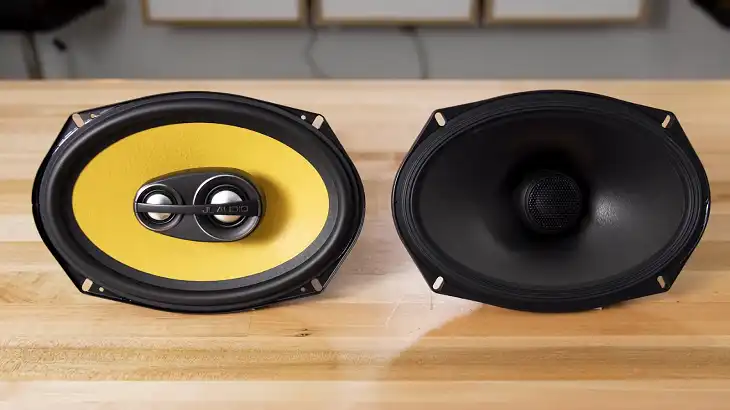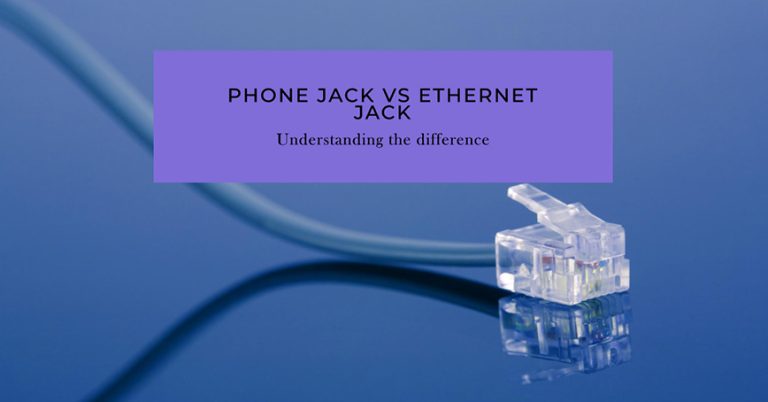Coaxial Speakers vs. Mid-Range Speakers | The Audio Battle
When comparing coaxial speakers to mid-range speakers, it’s essential to understand their design, purpose, and performance in audio systems. Both types of speakers serve different roles in sound reproduction, making them suited for distinct audio setups.
Coaxial speakers combine multiple audio drivers into a single unit, aiming for an all-in-one solution. In contrast, mid-range speakers focus on a specific frequency range, ensuring clarity and depth in the mid frequencies, where vocals and instruments reside. Here’s a closer look at each type and how they differ.

What Is the Purpose of Coaxial Speakers: All-in-One Design
Coaxial speakers, also known as full-range speakers, are a popular choice for many audio systems, especially in cars. Their defining feature is the integration of multiple speaker components—typically a woofer and a tweeter—into a single unit.
Their design allows coaxial speakers to cover a broad range of frequencies, from the low-end bass produced by the woofer to the high-end treble delivered by the tweeter.
Key Characteristics
Compact design: The woofer and tweeter are aligned on the same axis, saving space and making installation simpler.

Cost-effective: Since they combine multiple drivers into one unit, coaxial speakers are often more affordable than separate component systems.
Wide frequency response: These speakers are designed to handle a broad spectrum of sound frequencies, making them a versatile choice for casual listeners.
Advantages
Easy installation: Since they come as a single package, coaxial speakers are often easier to install, especially in confined spaces like cars.

Balanced sound: For the average listener, coaxial speakers provide a decent balance of highs, mids, and lows, delivering a fuller sound experience.
What Is the Disadvantage of Coaxial Speakers?
Coaxial speakers are often chosen for their simplicity, combining a woofer and tweeter into a single speaker unit. While they offer a compact solution, they do come with some drawbacks.
Compromised sound quality: Although coaxial speakers cover a wide frequency range, they may not excel in reproducing each frequency band with the same precision as dedicated speakers.
Less control over sound: Because the components are fixed in one unit, there’s limited flexibility in adjusting the sound characteristics for optimal performance.
What Is the Purpose of Mid-Range Speakers?
Mid-range speakers are designed specifically to handle the middle frequencies of the audio spectrum, typically between 250 Hz and 5,000 Hz. These frequencies include the bulk of human vocals and the fundamental tones of many musical instruments, making mid-range speakers crucial for clarity in sound reproduction.

Key Characteristics
Specialized frequency range: Mid-range speakers focus on reproducing the frequencies that are most important for speech and instruments, ensuring accurate and detailed sound in this range.
Component design: They are usually part of a larger component system, paired with tweeters for high frequencies and woofers or subwoofers for low frequencies.
Advantages
Improved clarity: Mid-range speakers excel at delivering clear and precise sound in the vocal and instrumental range, making them ideal for audiophiles and those seeking high-quality sound.
Customization: Since they are typically used in component speaker systems, mid-range speakers allow for greater customization. Users can fine-tune their audio setup by choosing complementary woofers and tweeters to achieve the desired sound profile.

Coaxial Speakers vs. Mid-Range: Sound Quality
The choice between coaxial speakers and mid-range speakers depends largely on the intended use and desired audio quality.
For casual listening or situations where ease of installation and cost are the primary concerns, coaxial speakers are often the better option. They provide an all-in-one solution that covers a wide frequency range without the need for separate components.
For audiophiles or those seeking superior sound quality, mid-range speakers are the preferred choice. Their ability to deliver detailed and accurate sound in the critical mid-frequency range makes them essential for high-end audio setups. However, they require the support of other speakers to cover the full spectrum of sound.
Coaxial Speakers vs. Mid-Range: Which to Choose?
The following table highlights the main differences in design, sound quality, and usage between coaxial and mid-range speakers, helping clarify the choice depending on the sound system requirements.
| Feature | Coaxial Speakers | Mid-Range Speakers |
| Design | Combines woofer and tweeter in one unit | Dedicated driver for mid-range frequencies |
| Purpose | General sound reproduction across all frequencies | Focuses on reproducing mid-range sounds (250 Hz to 4,000 Hz) |
| Sound Quality | Good for general use, but lacks precision | More accurate and detailed sound for mid frequencies |
| Frequency Range | Covers a wide range (bass, mid, and treble) | Handles only mid-range frequencies |
| Clarity | Can be muddied, especially in complex tracks | Clearer, especially for vocals and instruments |
| Installation | Easy to install, requires fewer components | Requires a multi-way speaker system setup |
| Customization | Limited ability to adjust or modify sound | High customization when part of a component system |
| Price | Generally more affordable | More expensive, especially in component systems |
| Application | Suitable for casual listeners and basic systems | Best for audiophiles or high-end audio setups with separate bass and treble drivers |
Frequently Asked Questions
Do coaxial speakers sound better?
Coaxial speakers offer a decent balance of sound for their price and simplicity, but they generally do not sound better than component speakers. Because they attempt to handle a wide range of frequencies in one unit, the sound may not be as precise or detailed.
What Hz is best for midrange speakers?
The best frequency range for mid-range speakers typically falls between 250 Hz and 4,000 Hz. This range captures the human voice and most instruments, making it essential for clear and balanced sound.
Do midrange speakers have bass?
Mid-range speakers are not designed to produce deep bass. While they may pick up some lower frequencies, their primary function is to handle mid-range sounds. Bass is usually managed by dedicated woofers in a speaker system.
Conclusion
In summary, coaxial speakers are convenient and versatile, making them ideal for casual listeners and small spaces. Mid-range speakers, on the other hand, offer superior clarity for vocals and instruments but require a more complex system to reach their full potential. The decision ultimately comes down to whether simplicity or sound precision is more important to you.






